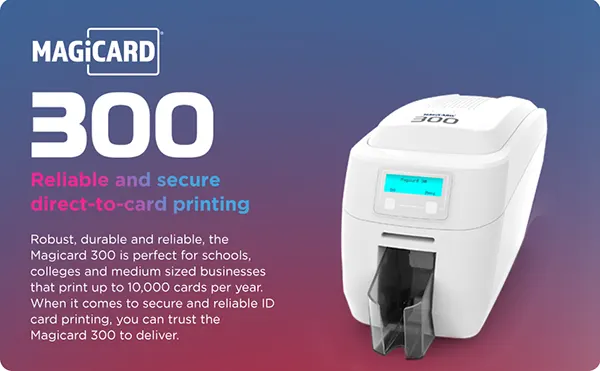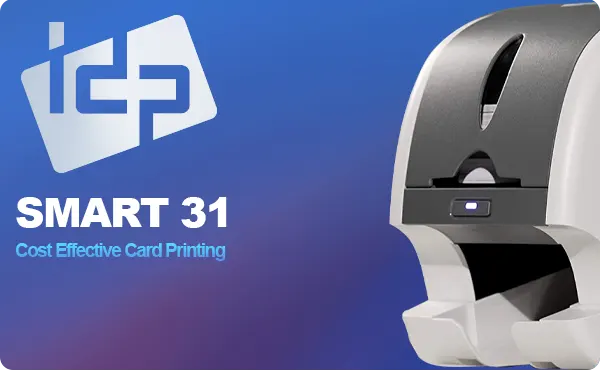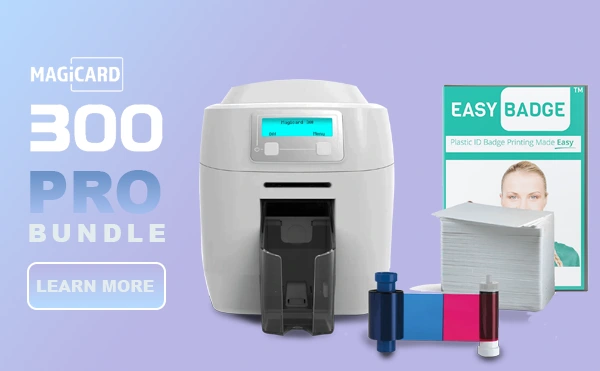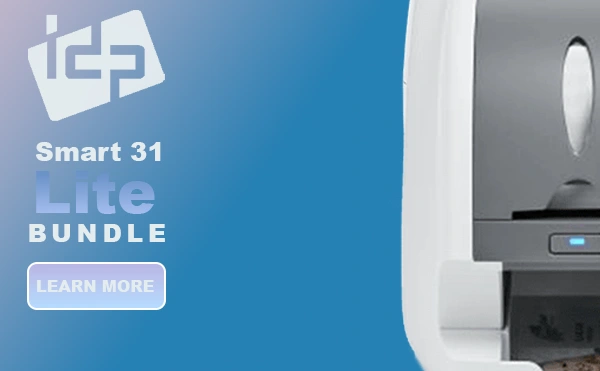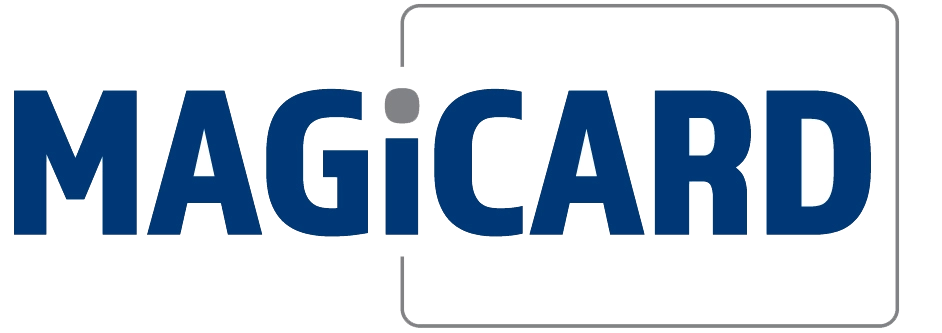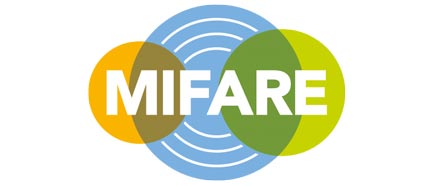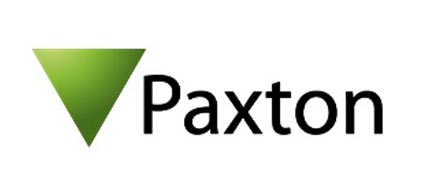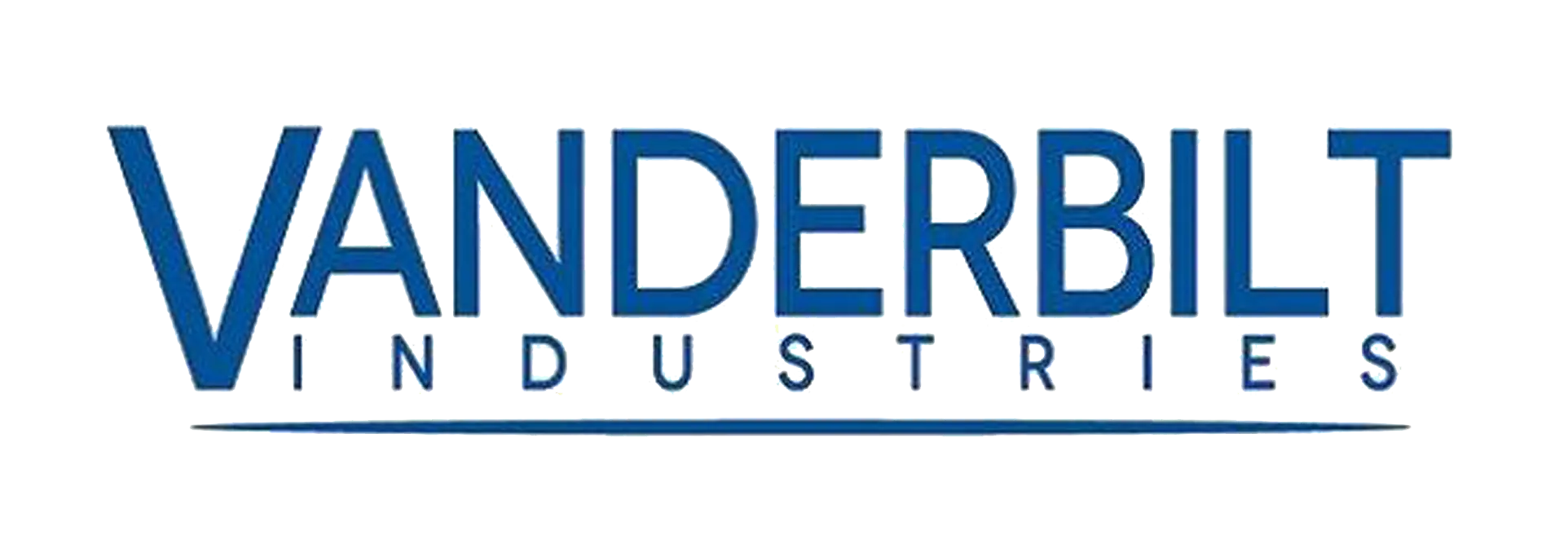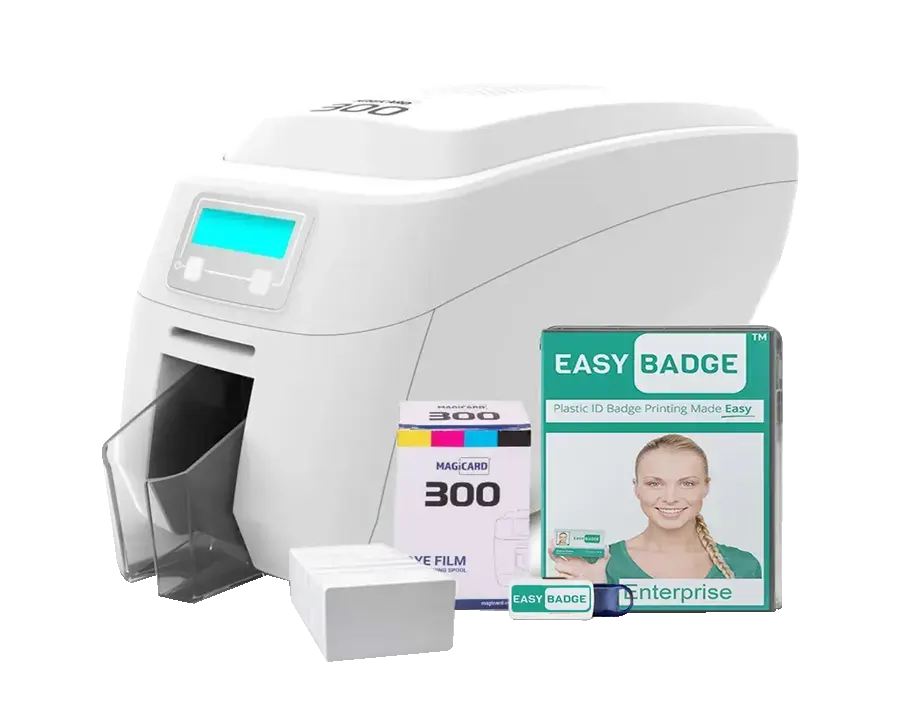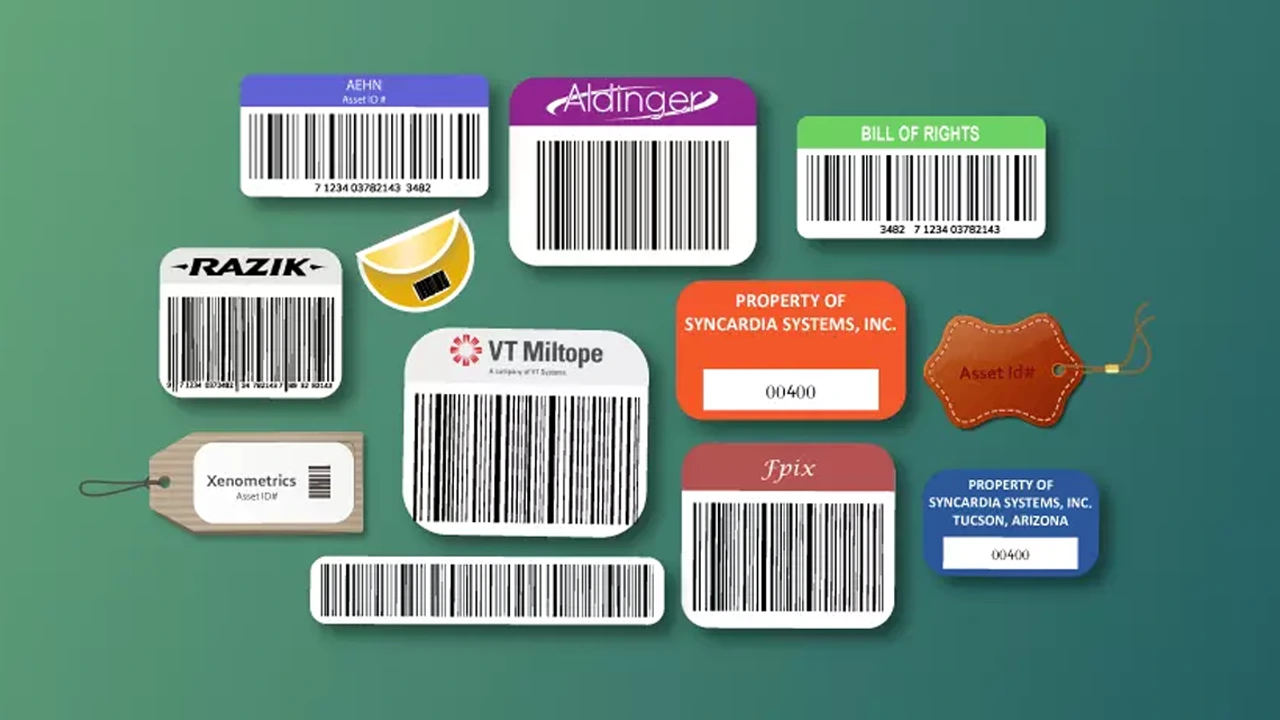Back To Blog Facebook X LinkedIn Introduction Asset tags, also known as asset labels, are identification labels used to track and manage physical assets. They typically contain unique information such as serial numbers, barcodes, or QR codes that help businesses keep track of equipment, tools, and other valuable items. Asset tags are widely used across industries like healthcare, education, manufacturing, and IT. They improve inventory management, reduce loss and theft, and streamline maintenance schedules. Why Are Asset Tags Important? Asset tags offer several benefits, including: Loss Prevention: Labels deter theft and make it easier to recover lost or stolen equipment. Efficient Tracking: Barcodes and QR codes allow businesses to scan and log asset information quickly. Improved Maintenance: Tags help track service history and maintenance schedules. Compliance & Auditing: Many industries require accurate asset tracking for regulatory compliance. Cost Savings: Reducing asset loss and improving inventory accuracy can save businesses money. Types of Asset Tags Barcode Asset Tags ✅Feature a unique barcode that can be scanned for quick tracking. ✅Often used in retail, healthcare, and IT asset management. ✅Compatible with inventory software systems. Learn More QR CodeAsset Tags ✅Similar to barcode tags but store more information. ✅Can be scanned with smartphones, eliminating the need for special scanners. ✅Useful for linking to online asset databases or maintenance logs. RFID Asset Tags ✅Contain a microchip that transmits data wirelessly to an RFID reader. ✅Ideal for large warehouses or businesses that need real-time asset tracking. ✅More expensive but highly efficient in high-volume environments. Tamper Evident Asset Tags ✅Designed to show signs of tampering if someone tries to remove them. ✅Typically used for high-security assets like government equipment or confidential materials. ✅Available in destructible vinyl or VOID material. Asset Label Materials The material of an asset tag determines its durability and suitability for different conditions. 1. Polyester Water-resistant and durable. Suitable for indoor and light outdoor use. Can be laminated for extra protection. 2. Vinyl Flexible and cost-effective. Good for general-purpose labeling. Available in tamper-proof versions. 3. Aluminum Foil Extremely durable and resistant to chemicals, heat, and corrosion. Ideal for industrial and outdoor use. 5. Paper-Based Tags Low-cost and temporary. Used for short-term tracking, event management, or disposable applications. Asset Sticker Finishes Different finishes can enhance durability, readability, and aesthetics. 1. Matte Finish Reduces glare and improves barcode readability. Ideal for scanning in different lighting conditions. 2. Gloss Finish Offers a shiny, professional look. Provides resistance against moisture and dirt. 3. Laminated Finish Adds an extra protective layer. Helps prevent fading, scratching, and wear over time. 4. Anodized Finish (for Metal Tags) Provides extra durability and resistance to corrosion. Ideal for long-term asset management. Asset Tag Personalisation Options Many businesses prefer customized asset tags to match their branding and tracking needs. Here are common customization options: 1. Company Logo and Branding Adds a professional look and reinforces brand identity. 2. Sequential Numbering Helps with unique identification and tracking. 3. Variable Data Printing Allows for different barcodes, QR codes, or serial numbers on each tag. […]
- I want
- Plastic Card Printers
-
- Printer Ribbons
- Plastic Cards
Printed Plastic Cards
Printed Key Tags
Printed Gift Cards
Printed Loyalty Cards
- Card Accessories
-
- Lanyards
-
-
-
-
Custom Printed
Personalised Lanyards
Custom designed lanyards with choice of colour, attachment, and materials. All our lanyards come with a price match guarantee and free artwork design.
-
-
- Access Control
-
- Systems & Software
-
-
Entrust Instant ID Software
Entrust Instant ID Software is a complete solution for designing, printing, and managing ID credentials with speed and security.
Learn More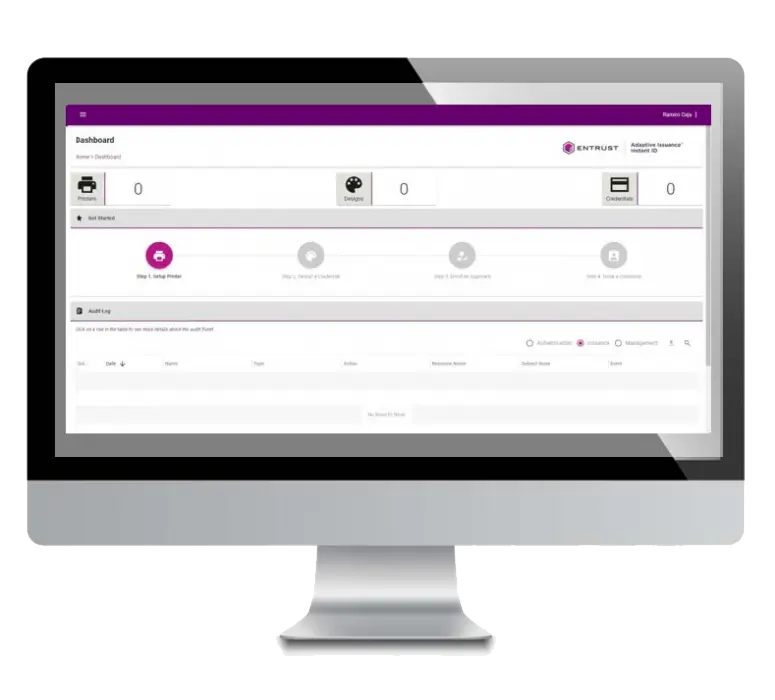

CardPresso Card Design Software
Easy-to-use ID card software for small businesses and schools. CardPresso offers templates, barcodes, and magnetic stripe support. Compatible with most card printers..
Learn More
-
-
- Mobile Access
- Asset Tags
MENUMENU
MENUMENU
MENUMENU



